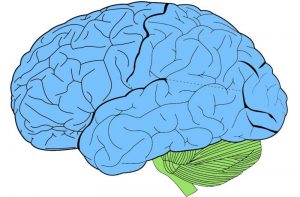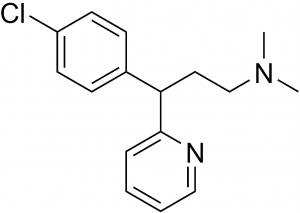Audiometry
Audiometry is a test performed to evaluate ear's ability to receive and perceive sounds in the environment. For this purpose, it is important to know and remember that there are different types of sounds that are classified into intensity (depending on the sound volume and the strength of the sound) and tone (the speed at which the sound waves perceived by our ear are mobilized). Audiometry allows us to have a broader evaluation of how the human body's auditory system works and indicates whether it has any type of problem or affectation at the time of transmitting sounds.

Under which other name is audiometry known?
Hearing test, audiogram, or audiography
What is audiometry?
Audiometry is a diagnostic medical test or functional test performed to assess ear's ability to perceive and receive sounds from the environment. It is used to detect hearing loss. It is not a preventive technique, but it is essential to determine the steps to follow in order to improve hearing in a patient.
Sensory organs of human body are responsible for establishing a way of contact with the outside world. One of the most important is the ear, which is necessary for proper communication, for language development and for us to function properly within society. Hearing is a natural part of our organism and occurs every time sound waves from the environment cause a stimulus in the nerves located in the inner ear. This simple and painless examination will give us guidelines to follow for possible treatment in order to improve the hearing system in a person.
Acute and severe frequencies
Our sense of hearing is not able to hear some sound waves in the environment. The ear picks up sound frequencies between 20 to 20,000 Hertz which is known as the Audible Spectrum. A sound wave is established by its frequency and amplitude. When we talk about frequency, we refer to the number of oscillations that occur in a given time, and to determine it, a measurement unit called Hertzian (HZ) is used. Our ear has the ability to perceive frequencies ranging from 20 to 15000 Hz. Sounds can be graded in treble and bass. Tone frequencies classified as high range from 2000 to 4000 Hz. The frequencies that have been classified as low range from 125 to 250 Hz. And, finally, the tones classified as middle, have a frequency between 500 and 1000 Hz.
How is the audiometry test done?
No advance preparation is necessary. It causes no discomfort and has no side effects. It can be performed in two ways, the first way, by means of voice stimuli generating pure sounds what is known as verbal or tonal audiometry and reflects the degree and level of hearing of the patient. The second type of audiometry involves the use of the audiometer, a device that produces sounds that travel through wires to a pair of headphones or a vibrating device. These are placed in the person’s ear to assess the patient’s response. During the test, sounds are emitted which act on the ear producing sound sensations. These tests are usually performed in metric audio booths, which are specially designed to eliminate and isolate noise from the environment.
Child audiometry test
Hearing testing of newborns before they leave the hospital is common. If hearing loss or hearing problems are suspected, it is best to be diagnosed before the age of 3 in order to develop speech and language skills. A simple behavioral audiometry test (using sound stimuli with different frequency ranges), a sound field test with visual reinforcement, or an audiometry may be performed.
Understanding the results of an audiometry
In order to interpret the result, an audiogram is used which gives us a detailed explanation of the patient’s ability to listen. An audiometry indicates normal results when a person can hear sounds ranging from 250 to 8000 Hz. The audiogram consists of two parts, the vertical axiom (indicates the volume of sound and is measured using decibel (dB) and the horizontal axiom (indicates the frequency or tone of sounds and is measured in Hertz (Hz)). When the vertical axiom is elevated, it indicates that the person must elevate the sound in order to be able to hear it. When the results are below 25 dB it reflects the presence of hearing loss. It is then necessary to evaluate the type of problem presented by the patient and study the most probable ways and treatments to recover part of the audition.
How to cite this article?
Briceño V., Gabriela. (2019). Audiometry. Recovered on 4 January, 2025, de Euston96: https://www.euston96.com/en/audiometry/









